As complicated as this title sounds, it’s quite simple. The night scenes of NOPE were shot using a one-of-a-kind rig combined with ARRI ALEXA 65 Infrared and Panavision System 65mm film camera. This ‘day-for-night’ cinematographic solution was developed by DP Hoyle Van Hoytema. All details are below.
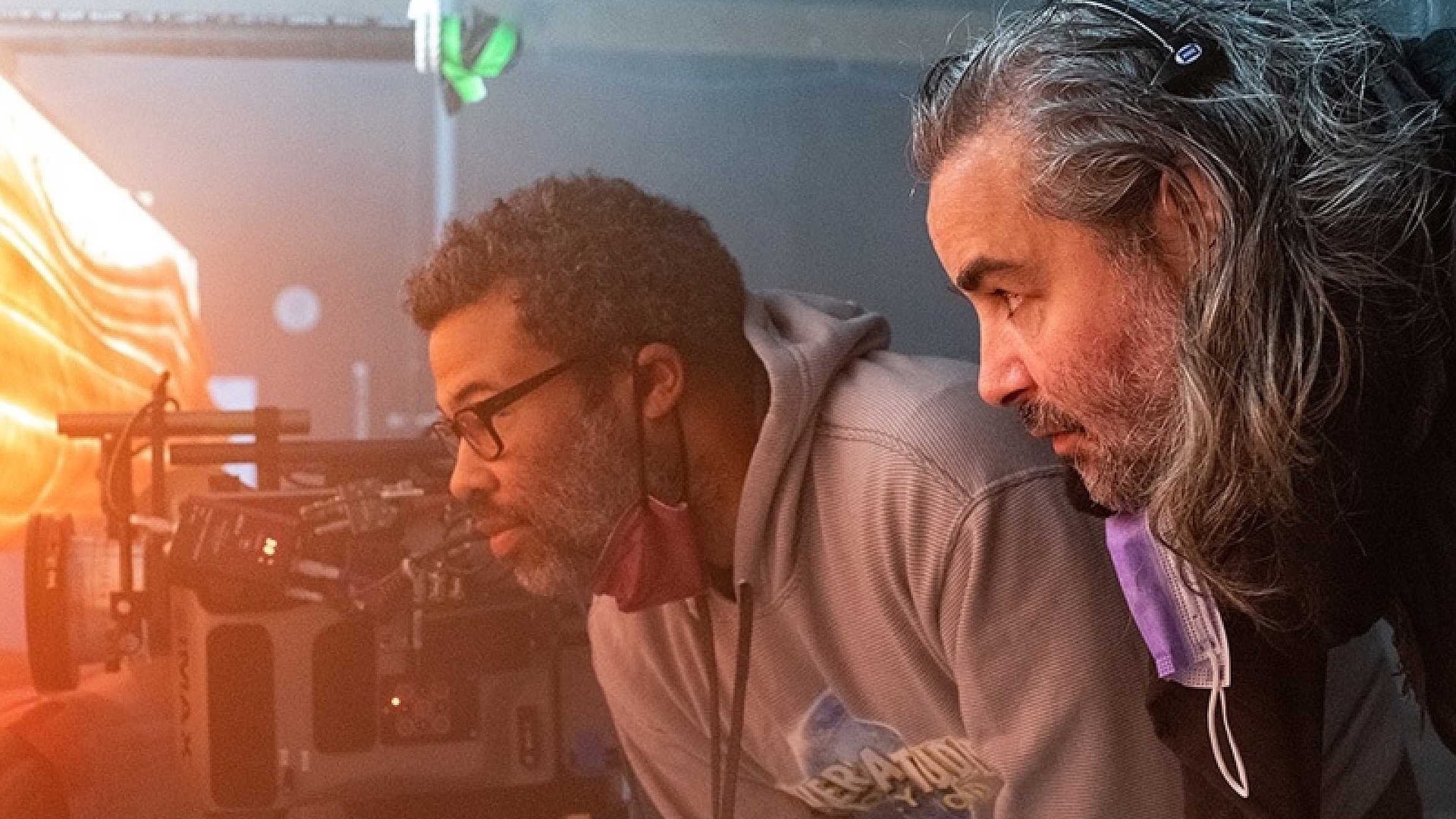
ARRI ALEXA 65 Infrared
When digging into the camera info behind NOPE, which is a visual masterpiece, by the way, we can explore a very strange camera — ARRI ALEXA 65 Infrared. If I’m not mistaken, this is the first time that an Infrared cinema camera is utilized in a blockbuster. Moreover, I didn’t know that ARRI Rental has developed an Infrared version of the 65. There’s an Infrared version of the ALEXA XT though. An infrared camera is basically a cinema camera without the Bayer filter, OLPF, and IR (InfraRed) block. This means, that all the sensor is being exposed. As there’s no Bayer Pattern, there’s no color information. That’s not very unique as many cinema camera manufacturers make B&W cameras to record pristine black and white imagery. However, the main difference here, is that the IR block is replaced with a filter that blocks visible light, which allows only IR light to heat the sensor. Don’t catch me on the technicals here since it’s not a blog about physics. Nevertheless, the concept is important. Eventually, you are getting an elite camera (ALEXA 65) that sees in the night. And that was crucial in NOPE. Have a look at the examples below which are films shot on an ARRI ALEXA XT B&W with Infrared mode:
NOPE: Capturing the night
NOPE was filmed by the acclaimed cinematographer, Hoyte Van Hoytema, using large format film cameras (IMAX and Panavision System 65). Many of the special shots were planned to be executed at night since the location is amazing during nighttime. However, lighting was not a valid option since huge portions of the desert were filmed. Furthermore, techniques like CGI and day-for-night were not accurate enough for precise capturing, since NOPE was dedicated from the start to be screened in IMAX theaters. When you watch a movie on an extremely large canvas, all details are being revealed. Hence, Hoyte invented a technique to film the night scenes in a way that will immerse the audience into the story. And for that, the revolutionary rig was created. Note that a similar technique was implemented on Ad Astra. But in NOPE, big & heavy large format cinema cameras are attached.
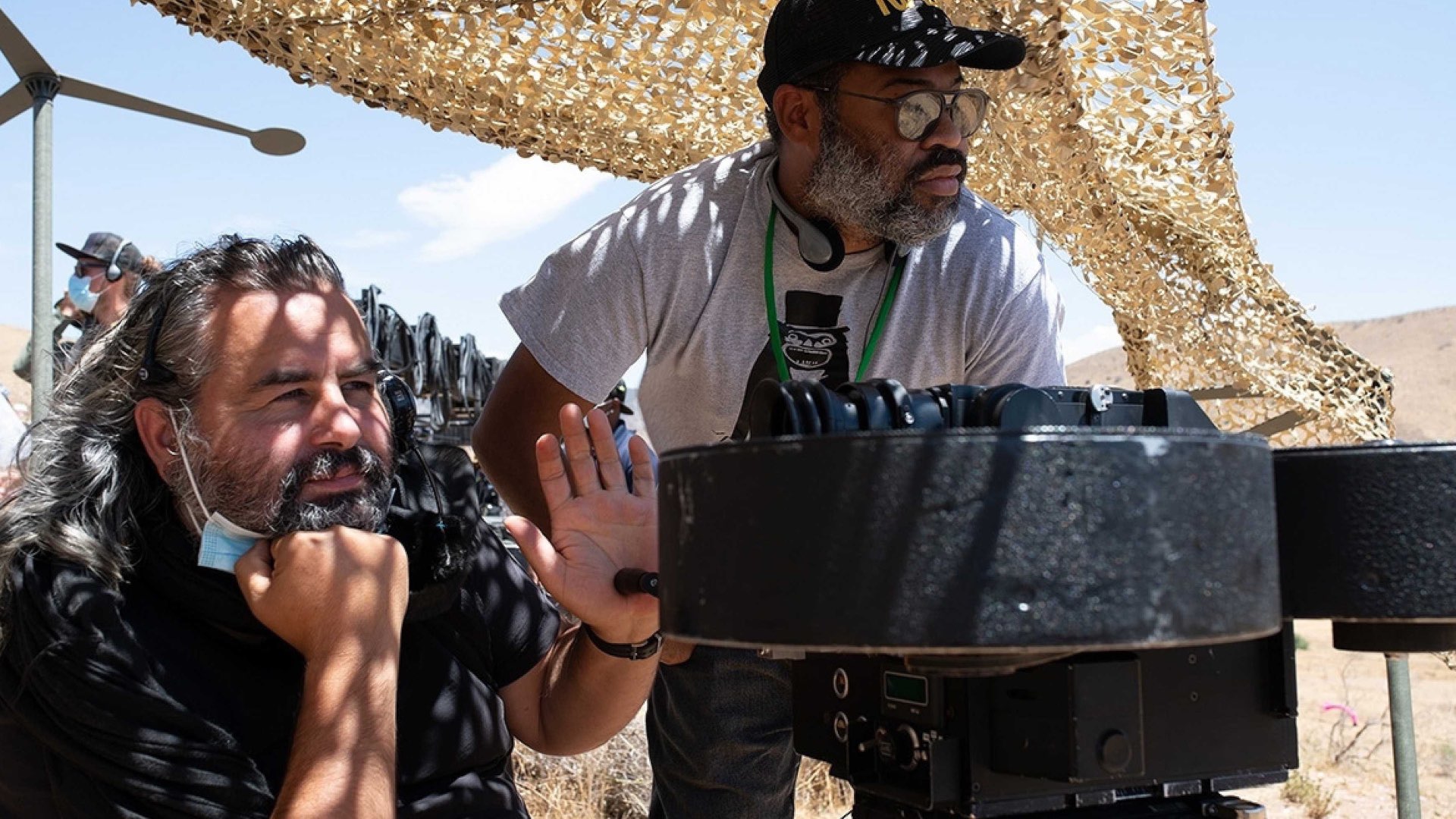
3D rig: ALEXA 65 infrared + 35mm film
In an interview with Kodak, Hoyte elaborated on the process: “We purchased two decommissioned 3D-stereo camera rigs on which we could mount two cameras. One was an ARRI Alexa, specially customized to capture infrared, the other a regular 35mm film camera. Instead of lining up the cameras for 3D parallax, we found a new way to align them so that both cameras were shooting the exact same image – one infrared, the other on film – so that every frame would overlay perfectly later in postproduction”. Think of it like a new ‘Day-for night’ rig. The special rig was developed with the help of ARRI, Panavision, and Honeycomb Modular which is Hoyte’s development company. Here’s the rig in the picture below. Note the ARRI ALEXA 65 and the Panavision System 65.
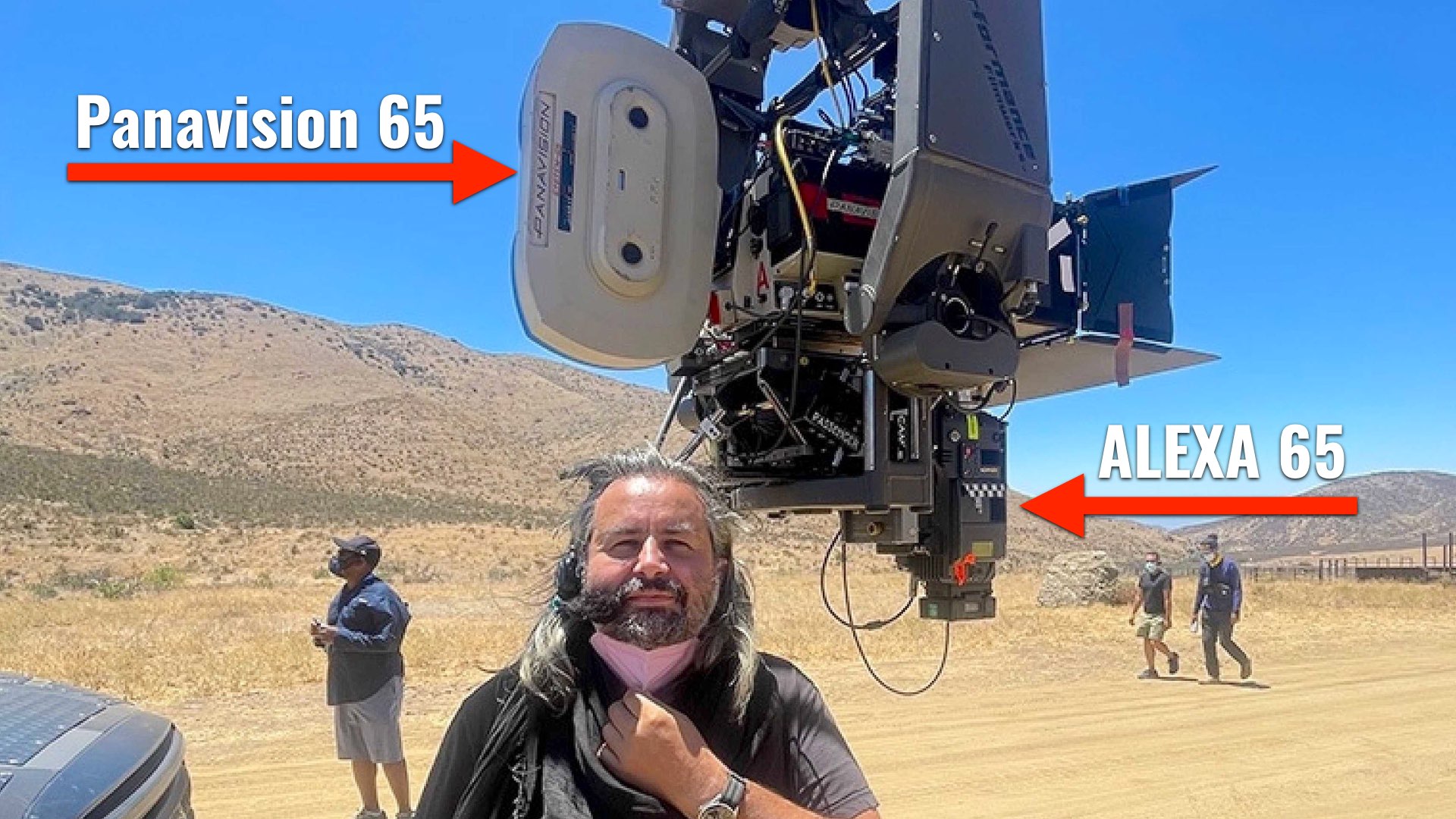
Digital and film were merged in post
Hoyte explains: “The infrared camera is only sensitive to very specific wavelengths of light and the images are monochromatic (as shown in the examples above). When you shoot in natural sunlight, with a slight contrast boost, it results in images that are brightly lit, however, the skies are dark. However, the 35mm camera contains all of the vital color and texture information. In the perfect composite of the two images in post-production, the desert resembled the lunar surface. That meant we got close to the lighting character on the real moon. So for Nope, I had the idea of scaling up that same kind of rig and using it to shoot our day-for-night scenes in broad daylight – but this time using an ARRI ALEXA 65, pointing upwards vertically and shooting in infrared mode, in perfect alignment with a Panavision System 65mm film camera, which was on the horizontal axis. However, it’s vitally important that the different gates and lenses are identical, that you have exactly the same depths-of-field, that your focus pulls translate in exactly the same way, and that the two images are completely in-sync.”
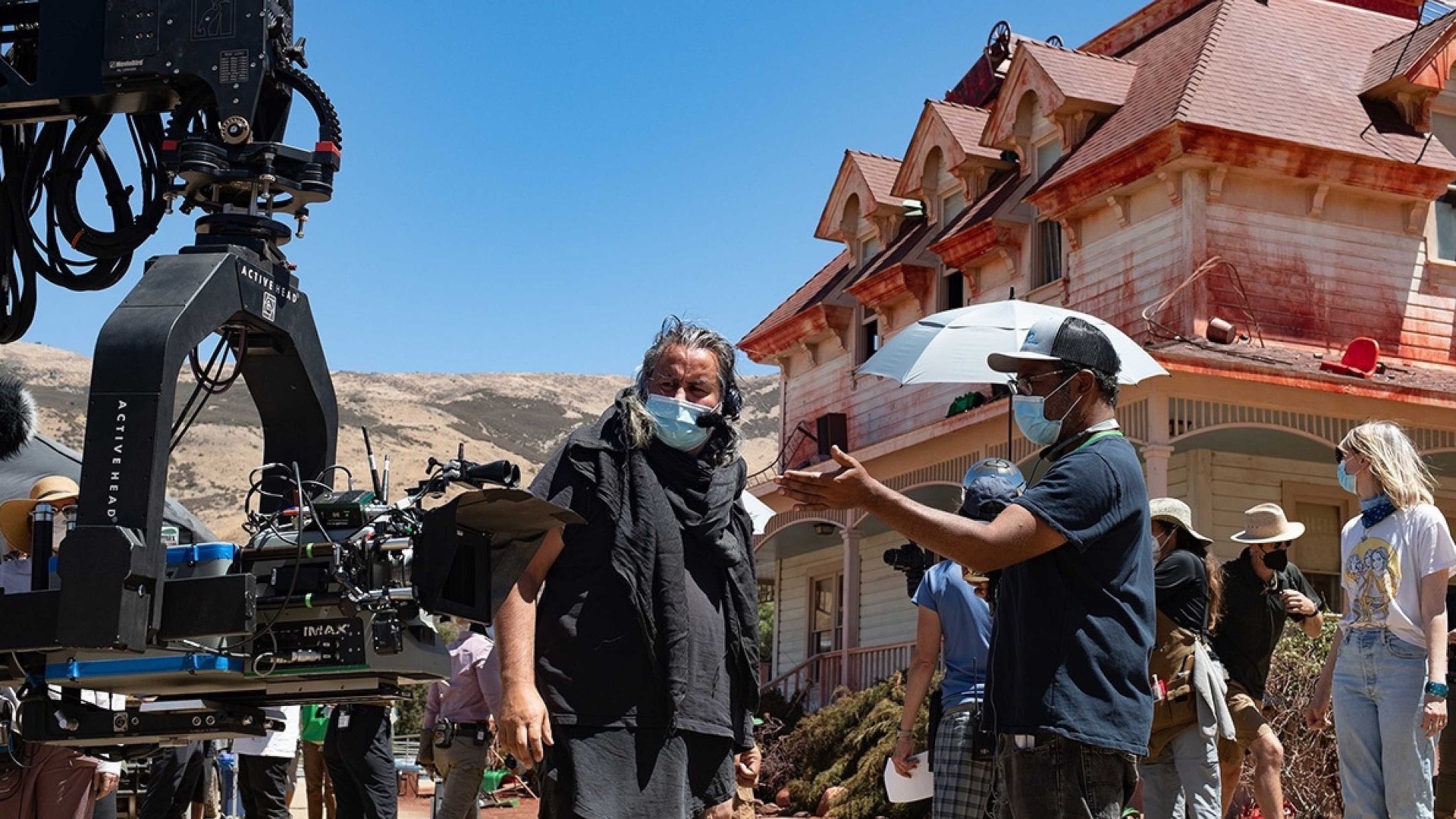
Wrapping up
So there you go. A specially made ‘Day-for-night’ rig combined with ARRI ALEXA 65 Infrared and Panavision System 65mm camera. The footage of these two elite cameras was accurately overlapped in the post, in order to create stunning imagery of the location, delivering maximum immersiveness to the IMAX audience. It will be exciting to see this kind of solution be utilized in more productions where shooting day-for-night sequences.
BTW, as a tribute to the mighty 65mm format, we’ve created the Y.M.CINEMA 65 which is a perfect gift for cinephiles — explore it on our website.








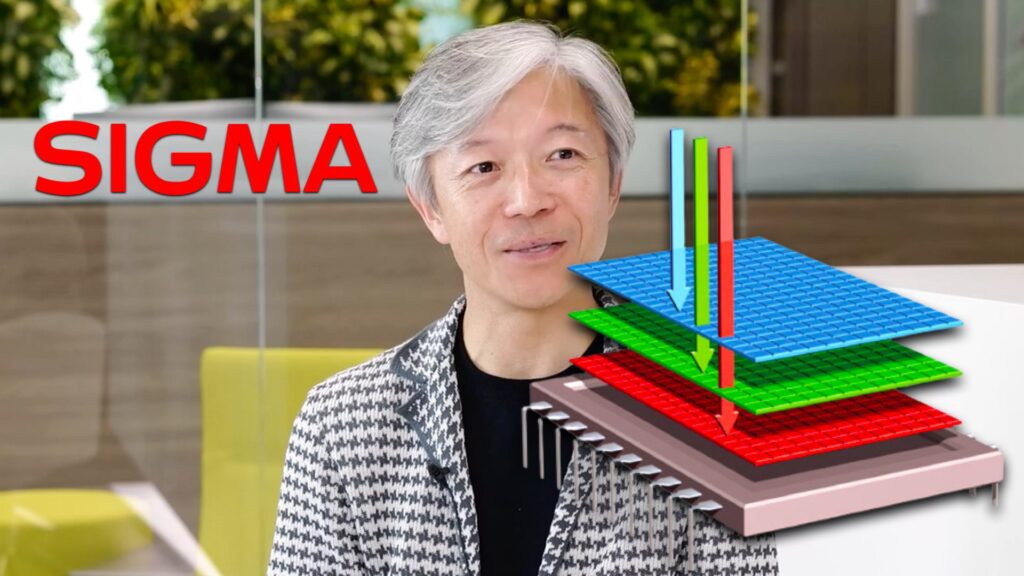
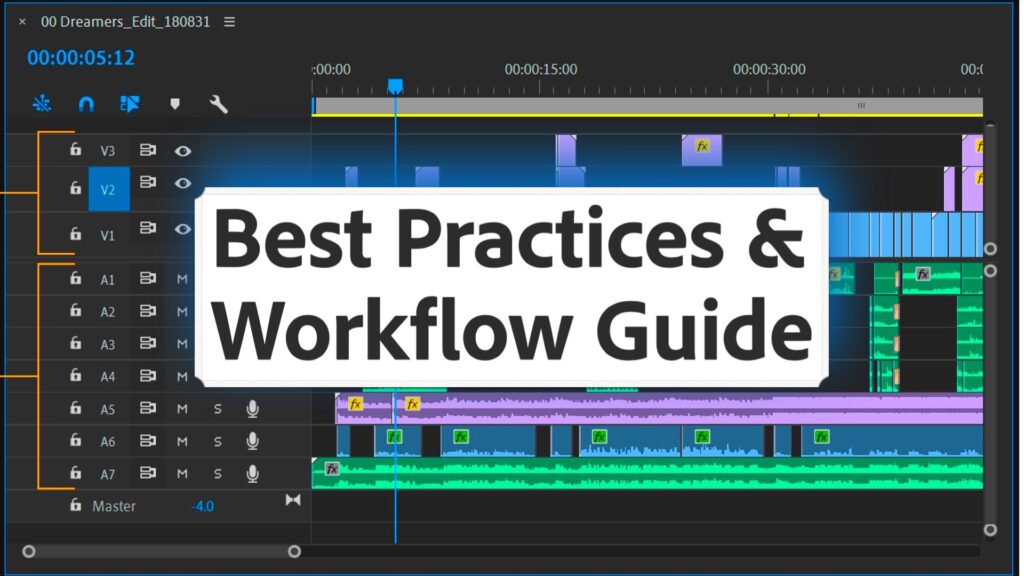
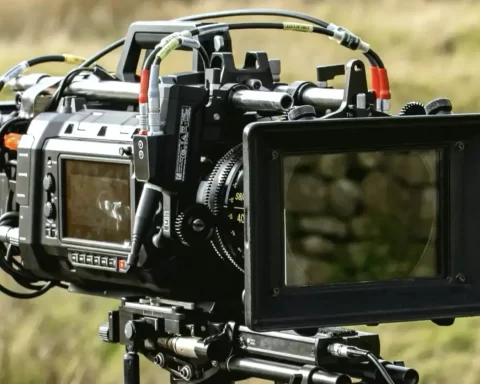

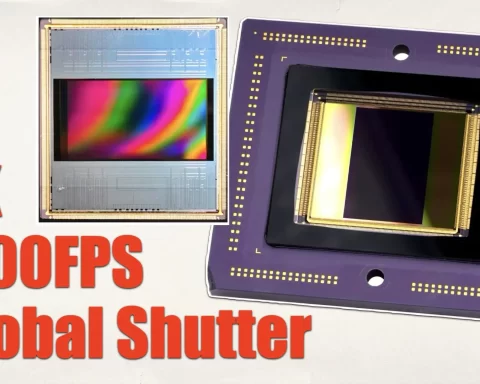
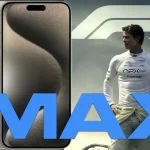
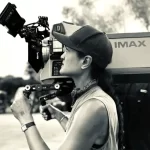
Yup. thats why guys like this get a million a picture. Inventing or re-implementing technology to serve a vision.
35mm film or Panavision System 65mm film in the 3d rig?
Panavision System 65mm.
Is it really used for day-for-night though? Or day for day on the moon (which always has a dark sky)?
No mentions about the skin tones results??
Hoyte Van Hoytema has gone from modern experimental cinematography to bringing us Avant-Garde cinematography-he is a modern Vanguard!